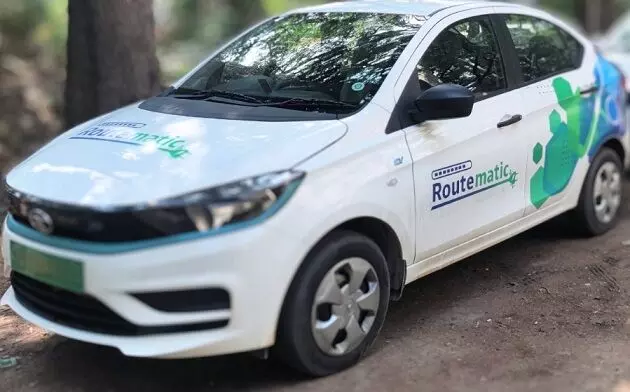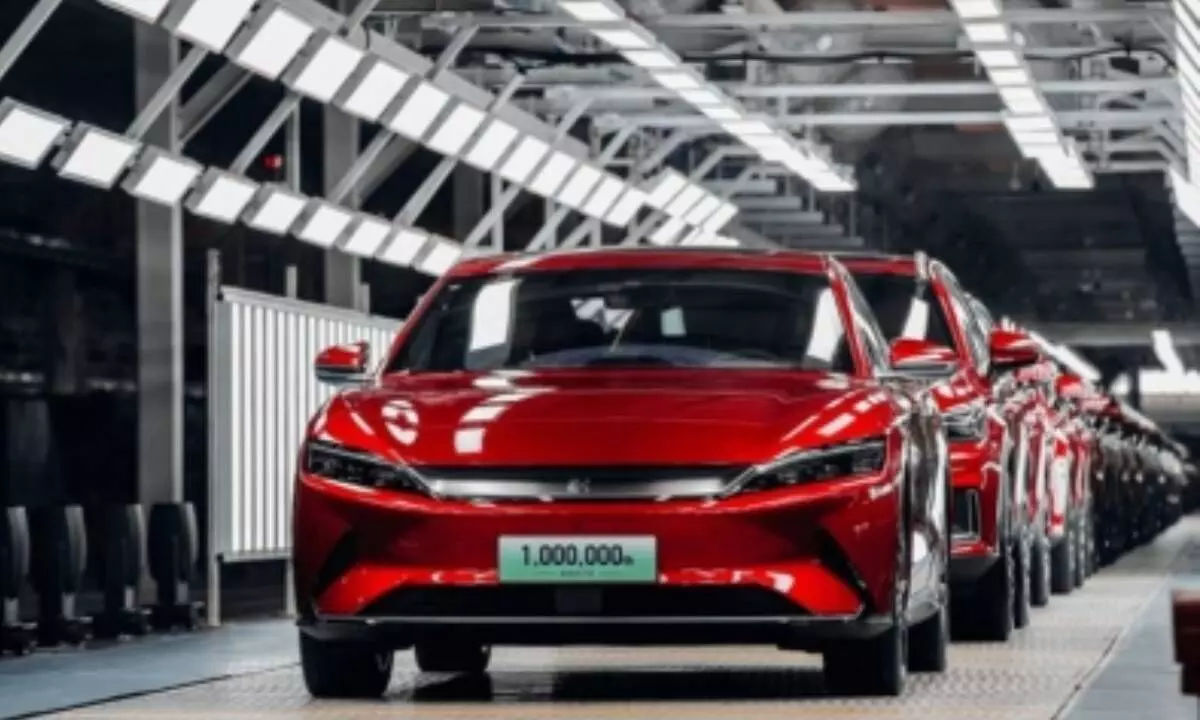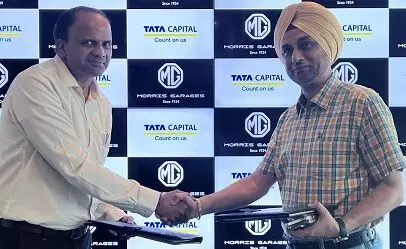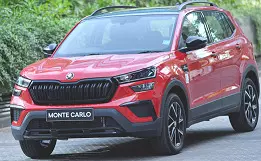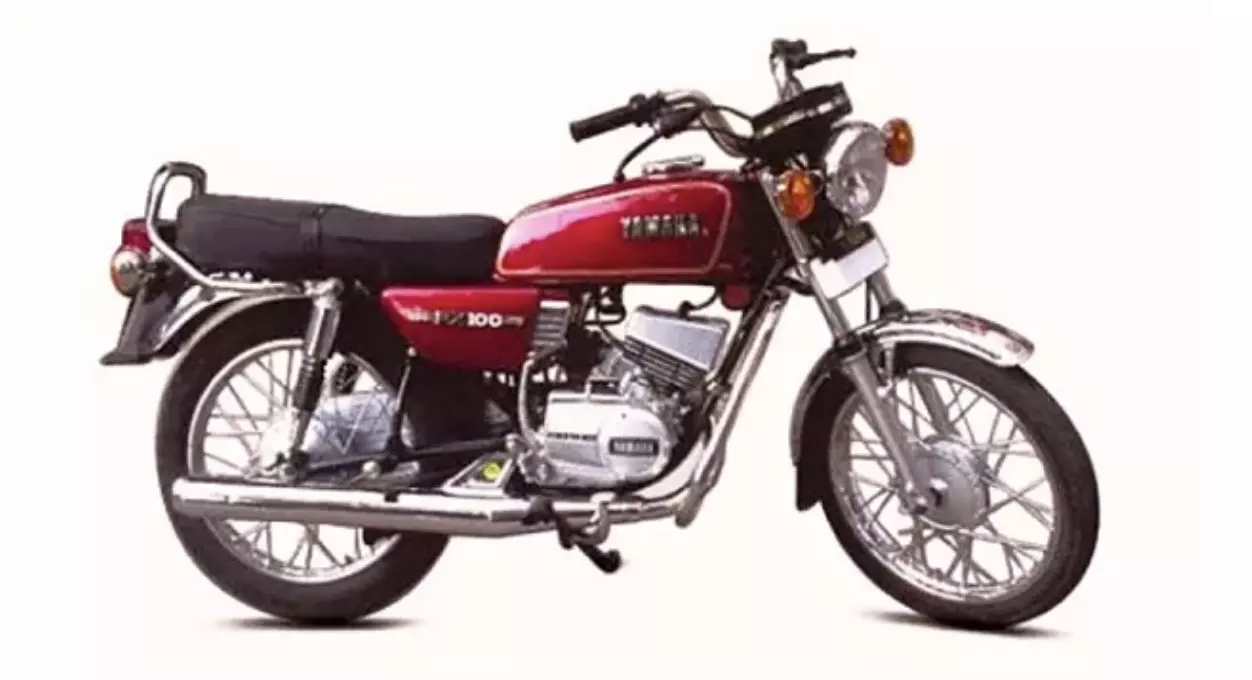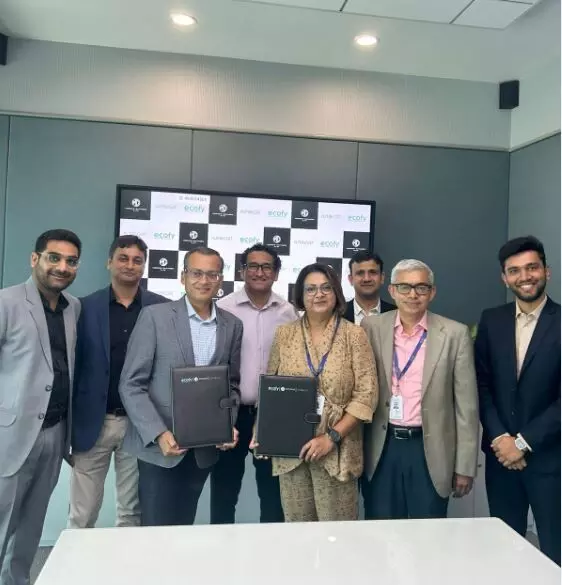
Hyderabad: JSW MG Motor India announced an MoU with Ecofy, a leading NBFC backed by Eversource Capital, committed to financing India’s green transition, along with its technology & leasing arm Autovert. This collaboration aims to unlock new financing options for JSW MG’s electric vehicles, making them more accessible to customers across India including semi-urban and rural areas.
Over the next three years, the partnership with Ecofy will provide innovative financing and leasing solutions (powered by Autovert) for up to 10,000 JSW MG EVs. This will encompass attractive loan options and leasing arrangements across retail customers and B2B operators for the existing and forthcoming electric vehicles of JSW MG Motor India.
Recognising the evolving needs of modern consumers, Ecofy and JSW MG Motor India along with Autovert have co-created innovative products and structures, including easy subscription plans. These innovative offerings are expected to drive rapid adoption of electric passenger vehicles by providing customers with unparalleled flexibility, convenience, and affordability.
Speaking on the partnership, Rajashree Nambiar, Co-founder, MD & CEO of Ecofy said, “We are excited to partner with JSW MG Motor India, a visionary company that shares our commitment to sustainable mobility. By combining our expertise in finance and JSW MG’s cutting-edge electric vehicle technology, we aim to make EVs accessible to a wider audience, empowering individuals and businesses to embrace a greener future without compromising on convenience or affordability.”
According to Gaurav Gupta, Chief Growth Officer, JSW MG Motor India, “This partnership reflects JSW MG India’s commitment to offer innovative EV ownership solutions to augment the adoption of electric vehicles (EVs) in India. By offering innovative financing solutions in collaboration with industry specialists, we are making EV ownership more accessible and affordable to a broader audience. We remain committed to promoting sustainable mobility and supporting the government’s vision of a cleaner environment and a robust electric mobility ecosystem.”
Kartik Gupta, Chief Growth Officer, Autovert added, “India is at a cusp of a large green revolution, demand is picking up however regular financing methods are not enough. There is a growing need for alternate financing methods like subscriptions, pay-per-use which is expected to act as a catalyst for this growing demand.”
Under the partnership, through its extensive dealership network, JSW MG Motor India will provide access points for customers seeking to purchase EVs with attractive financing options. The partnership’s competitive edge also lies in its innovative products, seamless digital approval processes, and hassle-free product ownership experience for customers. Ecofy’s financial solutions, coupled with JSW MG’s advanced electric vehicles, will provide consumers with a seamless and convenient transition to sustainable transportation.
